Graphic design for events rose to prominence in the late 20th century, transforming how gatherings were perceived and experienced. Back then, there was a straightforward approach, yet today, innovative event graphics are flourishing. Regardless of style, event graphic design captures attention, sets the mood, and enhances the overall atmosphere. Although initially, people might view it as overly technical or complex, it is, in truth, a dynamic and engaging process--and it's experiencing a significant revival. Elevate your event with these graphic design concepts and craft a unique experience.
Event branding materials
Event branding materials are crucial for creating a cohesive and memorable experience for attendees, beginning with a compelling logo that encapsulates the essence and theme of the event. These materials extend to banners, posters, and digital assets, which must all harmoniously blend colors, typography, and imagery to reinforce the event's identity at every touchpoint. High-quality, visually appealing tickets, brochures, and badges are essential for conveying professionalism and attention to detail, enhancing the perceived value of the event. Strategically placed signage guides attendees seamlessly throughout the venue while social media graphics and website elements ensure the event's digital presence is as impactful as its physical manifestation.
Promotional poster design
Designing a promotional poster for an event requires a keen understanding of the target audience, coupled with a visually compelling composition that captures attention swiftly. Central to this process is the strategic use of color theory, ensuring the palette not only complements the theme but also evokes the desired emotional response; bold, contrasting colors can create a sense of urgency, while softer pastels might convey sophistication or relaxation. Typography plays a crucial role; choosing a typeface that enhances readability while maintaining a harmonious balance with other design elements is essential, with hierarchy guiding the viewer's eye naturally to the event's name, date, and call-to-action. Incorporating dynamic imagery or illustrations related to the event can enhance engagement, whilst ensuring adequate negative space prevents the design from feeling cluttered, allowing key information to stand out and resonate effectively with potential attendees.
Ticket design
A graphic designer tasked with creating a ticket design for an event must meticulously marry aesthetics with functionality to ensure a clear conveyance of necessary information while evoking the event's theme and spirit. Colors and typography play crucial roles, often chosen to reflect the event's atmosphere: vibrant hues for festivals or muted tones for formal gatherings. Essential elements such as date, time, venue, and a unique barcode or QR code for scanning must be seamlessly integrated, ensuring they are prominently visible and easily readable without detracting from the visual appeal. The designer might incorporate thematic graphics or illustrations, perhaps utilizing negative space effectively, to subtly hint at the event's nature, thereby enhancing the collectible value of the ticket as a keepsake for attendees.
Signage and wayfinding
Effective signage and wayfinding in event graphic design require a harmonious blend of creativity and functionality, ensuring that attendees experience seamless navigation and a memorable visual journey. Using vibrant colors and large typography, designers can distinguish different zones and areas, optimizing visibility from multiple perspectives. Incorporation of universal symbols like arrows and pictograms assists in breaking language barriers and enhances inclusivity, making it easier for international guests to comprehend instructions swiftly. Position signs strategically at significant decision points like intersections or entranceways, supported by consistent theme elements, creates an intuitive flow throughout the event space, reducing confusion and enhancing participant engagement.
Social media graphics
Creating compelling social media graphics for an event requires a strategic approach that effectively captures the essence of the event while engaging the target audience. Designers must choose vibrant color palettes and typographies that align with the event's theme, ensuring brand consistency across all platforms. High-resolution images and visually appealing layouts should be implemented to maintain clarity and professionalism, while strategically placed call-to-action buttons encourage interaction and participation. Additionally, utilizing platform-specific dimensions and optimizing graphics for mobile viewing ensures accessibility and maximizes the visual impact on potential attendees.
Event program booklet
Designing a graphic-rich event program booklet requires meticulous attention to detail to ensure both aesthetic appeal and functionality. Opt for a cohesive color palette and typography that reflects the event's theme, creating visual harmony while also enhancing readability. Each section, such as the agenda, speaker bios, and sponsor acknowledgments, should maintain a distinct layout yet follow a consistent design framework to facilitate seamless navigation through the content. Incorporate high-resolution images and strategically placed infographics to break textual monotony, guiding the reader's eye and infusing energy and vibrancy into the booklet without overshadowing the essential information.
Stage backdrop graphics
Stage backdrop graphics are pivotal in shaping the visual identity of an event, requiring careful consideration of both aesthetic elements and practical functionality to ensure they captivate the audience's attention while conveying the event's theme. High-resolution imagery paired with complementary color schemes can integrate seamlessly with the event's branding, enhancing logos and messages in a cohesive manner. Incorporation of dynamic elements like LED displays or interactive components can elevate the design, making it versatile and engaging for both live and virtual participants. Attention to details such as lighting and material choices can prevent glare and ensure that the graphics remain crisp and vivid, creating an immersive experience that aligns with the event's atmosphere and objectives.
Name badge design
Creating an effective name badge design for an event requires a meticulous focus on functionality and aesthetic appeal. The badge should prominently display the wearer's full name in a bold, legible font, ensuring it is easily readable from a distance. Incorporating the event's branding elements such as logo, color scheme, and typography not only reinforces the identity of the event but also creates a cohesive look that participants will remember. The design must also consider practical elements like badge size conducive to various formats, durability to withstand the event's duration, and any additional information like the participant's role or affiliation, which should be strategically placed to maintain visual balance and not overwhelm the primary information.
Email invitation design
The design for an email invitation to an event should encapsulate the core theme and aesthetic of the occasion, seamlessly reflecting its atmosphere and purpose. Each visual element, from the color palette to typography, must be meticulously chosen to evoke the intended emotions and drive engagement, ensuring that the recipient's interest is piqued upon the first glance. Vivid imagery and dynamic layout should guide the viewer's eye, cleverly leading them through key information such as date, time, location, and RSVP details, while maintaining a balance between creativity and clarity. Interactive elements such as clickable buttons or animated GIFs can enhance user experience, encouraging a higher response rate by making the action of confirming attendance as effortless and engaging as possible.
Sponsorship banners
Sponsorship banners serve as a crucial visual element in the overall graphic design strategy for an event, seamlessly integrating brand visibility with aesthetic appeal. Their design must align with the event's theme, leveraging colors and typography that harmonize with the event's branding while ensuring each sponsor's logo is prominently featured, maintaining a balance that highlights their contribution without overshadowing other elements. Attention to scale and proportion is key, as the banners must be legible from varying distances, which necessitates the strategic use of negative space to prevent visual clutter. The banner layout should guide the viewer's eye naturally from the event's graphic elements to the sponsors' logos, facilitating instant recognition and ensuring that sponsors receive maximum exposure throughout the event duration.






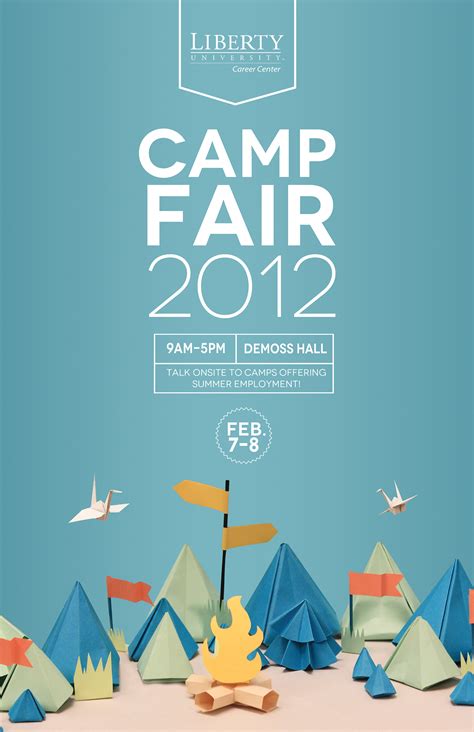
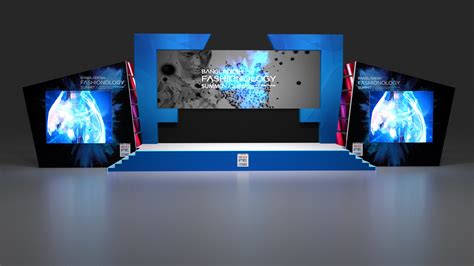
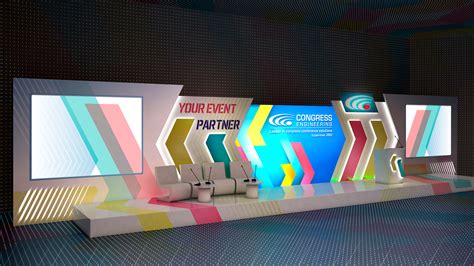
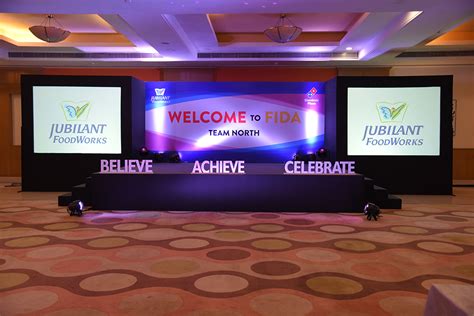
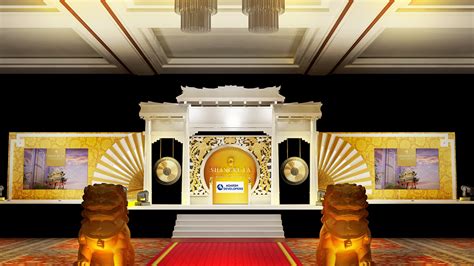
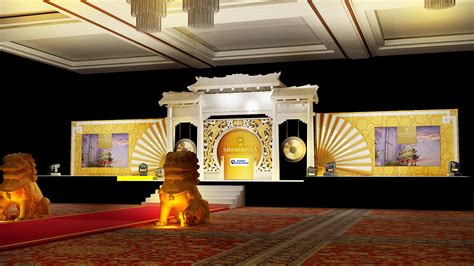
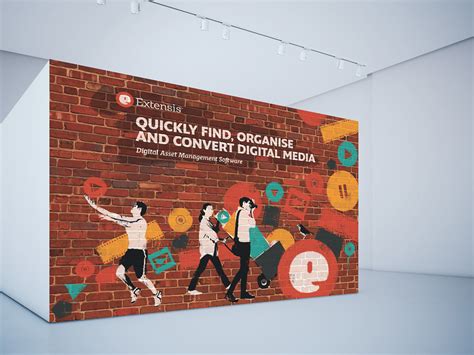
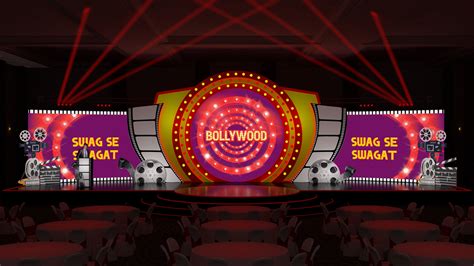
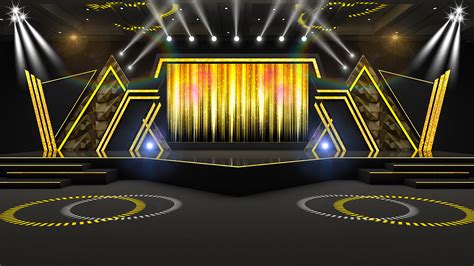
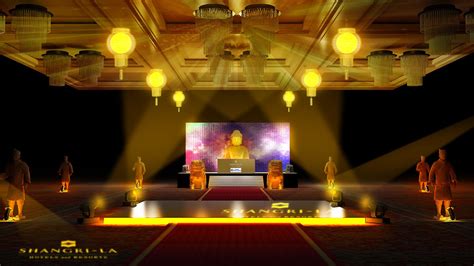
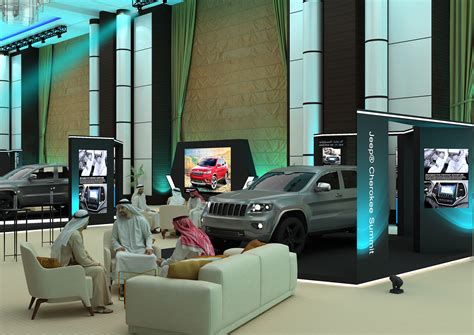
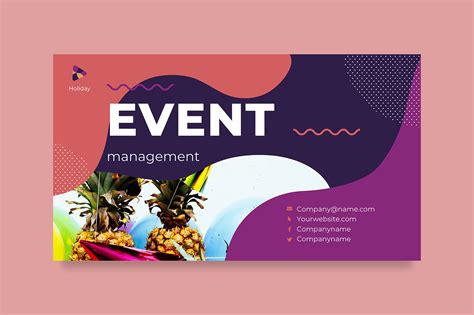
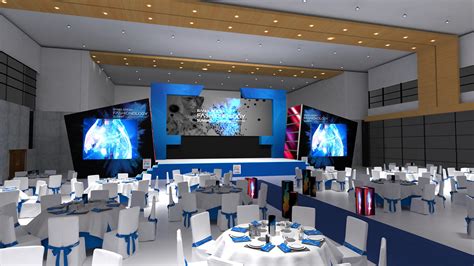
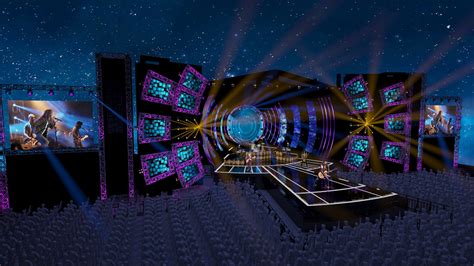
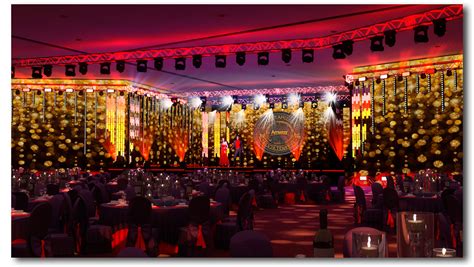
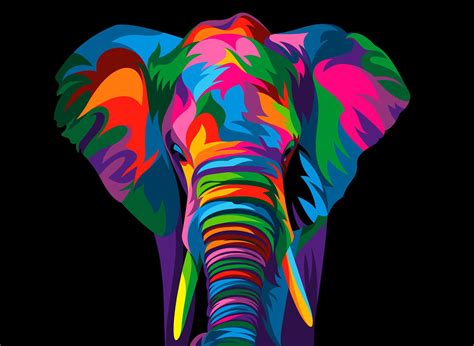

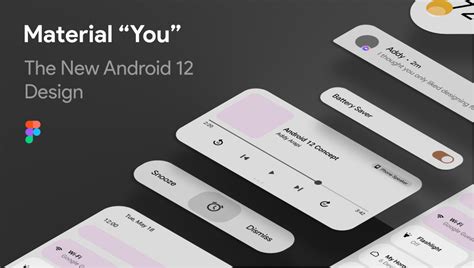
Leave a Reply
Your email address will not be published.